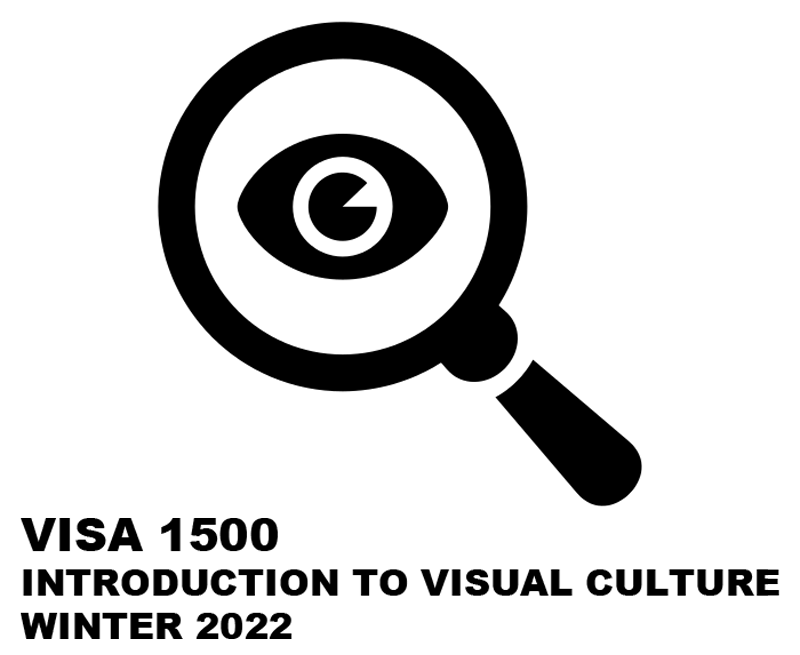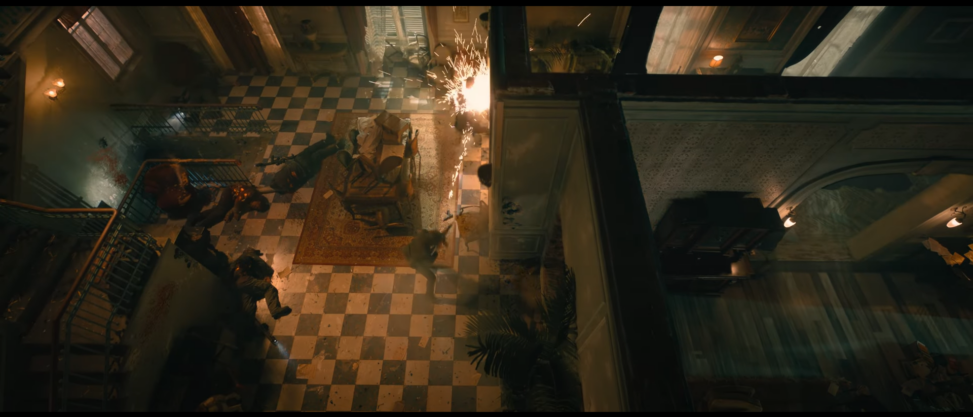The most recent action movie I watched is John Wick 4. Released in 2022, this is the conclusion to a four-part series of films focusing on the titular character’s retirement and subsequent return to the world of assassins and his turbulences when he breaks the rules of the Continental, the in-universe hotel that also acts as a governing body. Wick is meant to be a ruthless assassin, the best in the business. In the first movie, it is mentioned that he was given an impossible task and that upon completion, the bodies he laid that day allowed for the Russian mob to exist in the present day. The movie is uber-violent, with lots of blood and very noticeable depictions of injuries like heads getting blown off. Another popularising factor has been its unique methods of killing people on screen. One of the most repeated lines in the franchise is an instance of Wick killing three men in a bar with a pencil. Given how unrealistic a lot of these scenes are, it is very likely to have little impact on how people engage or interest themselves in getting violent.
I want to take a closer look at the dragon breath shootout scene in Paris that happens right before the movie’s climax.
Wick is slightly different from your ’80s action hero. Although he is muscular compared to the average human, he is significantly slimmer. The movie utilises various martial arts and has Keanu Reeves doing most of the stunts himself. They opted to go for a realistic body of how most martial artists in the practice would look like.
What makes this scene unique is the way the camera is set to track Wick’s movement from a birds-eye perspective. Heavily utilising pan shots and dolly shots, the camera movement is very similar to how camera work is done in video games. This gives the movie a very video-game-esque feel as Wick runs through wave after wave of enemies. For the shots that occur at eye level, the camera is adjusted to line up to just under Wick’s eye line and moves similar to how his body moves. It resembles somebody working a camera for a sporting event that requires somebody to move and follow the action, never giving them a single moment to keep the camera still and focusing on one thing. One of the more entertaining moments in this sequence comes from an over-the-shoulder shot of a character shooting a shotgun. Compared to most other aspects of this sequence, this scene gives you a closer look at the action and allows you to see clearly the specific things characters do before they engage. Another aspect of the movie that makes it unique is the way in which the scene is set up. Dragon breath rounds are shotgun shells that ignite as soon as they are fired. This causes them to combust and set anything they hit on fire. The scene is relatively dark, with some light coming from lamps set on the wall. However, these lights are warm in colour, and they don’t provide a lot of luminesce. The enemy’s flashlights offer a stark contrast as they carry bright white lights attached to their guns. You can clearly tell when the enemies are coming and where they are coming from because you can see the lights move and their sizes getting smaller as they get closer. John’s shooting also creates a direct contrast; flames immediately light up the screen as soon as he begins shooting. This allows the viewer to see specific details in the people’s clothing and how the fire affects the surrounding areas. It also adds to the excitement of the scene as the viewer is consistently waiting for the next shot to happen or wondering how and when the screen is going to light up. The two-minute sequence is shot entirely to look like a one take. About halfway through the sequence, they zoom in on John and show him reloading and getting himself ready for the next fight. My assumption, based on the limited editing knowledge that I have, is that the edits for this sequence are hidden when John walks under the arches out of the view from the camera. As this is a highly choreographed action sequence, mistakes are likely to occur. This makes it unlikely that this sequence was shot in just one take. The editing once the sequence ends is more obvious as they are cutting back and forth between the characters. This movie sticks to the 180-degree rule for this sequence, and it is noticeable because it has a wall being used as a visual guide to how the viewer should be looking at the screen.
References
Hazlett, Allan, and Christy Mag Uidhir. “Unrealistic fictions.” American Philosophical Quarterly 48, no. 1 (2011): 33-46.
Feasey, Rebecca. “From The One to John Wick: Keanu Reeves and the Action Genre.” In Gender and Action Films 1980-2000, pp. 199-212. Emerald Publishing Limited, 2022.
Bacon, Simon. ““But now, yeah, I’m thinking I’m back”: The All-Consuming Gothic Nostalgia in the John Wick Franchise.” In Gothic Nostalgia: The Uses of Toxic Memory in 21st Century Popular Culture, pp. 197-209. Cham: Springer International Publishing, 2024.
Picard, Martin, and Grim Fandango. “Video games and their relationship with other media.” The video game explosion: A history from Pong to Playstation and beyond (2008): 293-300.
Grodal, Torben. “Film lighting and mood.” Moving image theory: Ecological considerations 152 (2005).


Ezeobidi Michael
The analysis of the dragon breath scene from John Wick 4 offers a strong visual description of the sequence, especially in terms of camera movement, lighting, and action choreography. The comparison to video game mechanics is a useful and insightful one, as it captures how the film borrows stylistic elements to create a dynamic viewing experience (Atkins 2006). However, while the breakdown of how the action is filmed is thoughtful, the analysis would benefit from references to academic sources. For example, discussions of violence in media like those by Prince (2003) or Clover (1992) could have helped support the claim that the film’s exaggerated violence is unlikely to influence behavior. The observation about edits being hidden during the continuous shot is smart and shows attention to detail, though this could be better grounded by referencing editing practices in action cinema (Bordwell 2006). Overall, the description of the scene is accurate and engaging, but the analysis stops short of connecting those observations to a broader scholarly discussion. With the inclusion of academic sources, the analysis could better support its points and frame the scene within larger conversations about action films and cinematic spectacle.